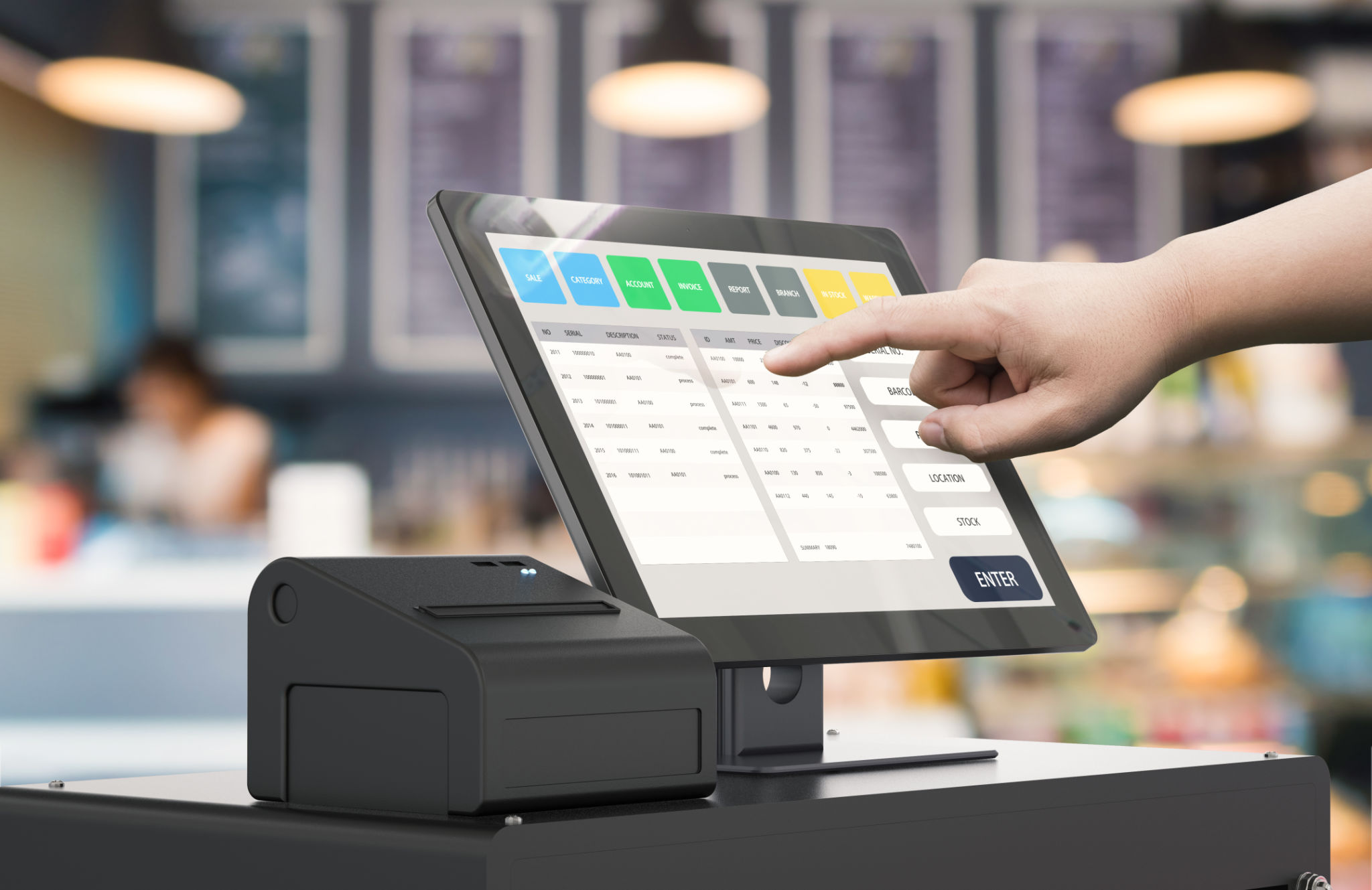Maximizing Shopify Success: A Comprehensive Guide to Conversion Rate Optimization
Understanding Conversion Rate Optimization
Conversion Rate Optimization (CRO) is a crucial aspect of any e-commerce business, including those on Shopify. It involves improving the percentage of website visitors who complete a desired action, such as making a purchase. By focusing on CRO, businesses can maximize their revenue without needing to increase traffic to their site.
Understanding your current conversion rate is the first step in the optimization process. Calculate it by dividing the number of conversions by the total number of visitors to your site, then multiply by 100 to get a percentage. This metric serves as a baseline to measure improvements over time.

Enhancing User Experience
A seamless user experience is vital in keeping visitors engaged and encouraging them to convert. Start by ensuring your Shopify store is mobile-friendly, as a significant portion of online shopping is done via mobile devices. A responsive design that functions well across all devices can drastically improve the user experience.
Additionally, focus on site speed. Slow-loading pages can frustrate users and lead to high bounce rates. Optimize images, reduce redirects, and leverage browser caching to improve load times. Remember, a faster site leads to happier customers and potentially higher conversion rates.

Streamlining the Checkout Process
The checkout process should be as simple and intuitive as possible. Implementing a one-page checkout can reduce friction and minimize cart abandonment rates. Use clear calls-to-action (CTAs) and eliminate unnecessary fields to streamline the process.
Offering multiple payment options can also enhance the checkout experience. By providing choices like credit cards, PayPal, and digital wallets, you cater to a broader audience and increase the likelihood of conversion.

Leveraging Social Proof
Social proof is a powerful tool in building trust with potential customers. Displaying customer reviews, testimonials, and ratings can reassure visitors of the quality of your products and services. Encourage satisfied customers to leave reviews by offering incentives like discounts or loyalty points.
Additionally, showcasing user-generated content, such as photos or videos of customers using your products, can enhance credibility and engagement. Consider creating a dedicated section on your website or incorporating social media feeds to display this content.

Utilizing A/B Testing
A/B testing is an essential component of successful CRO strategies. By experimenting with different elements on your Shopify store, such as headlines, images, or CTAs, you can identify what resonates best with your audience. Implement changes based on data-driven insights to continuously improve your conversion rate.
Remember to test one element at a time to accurately measure its impact on conversions. Over time, these incremental improvements can lead to significant gains in overall performance.

Analyzing Data and Metrics
Regularly analyzing data and metrics is key to understanding the effectiveness of your CRO efforts. Utilize tools like Google Analytics and Shopify’s built-in analytics to monitor traffic sources, user behavior, and conversion rates. Identify patterns and trends to inform further optimization strategies.
Set specific goals and key performance indicators (KPIs) to track progress and measure success. This data-driven approach allows for informed decision-making and helps prioritize optimization efforts that yield the highest returns.

Building a Continuous Improvement Strategy
CRO is not a one-time effort but rather a continuous process of improvement. Regularly revisit your strategies and make adjustments based on changing customer preferences and industry trends. Stay updated with the latest CRO techniques and tools to remain competitive in the ever-evolving e-commerce landscape.
By committing to ongoing optimization efforts, you can ensure long-term success for your Shopify store and maximize its revenue potential.